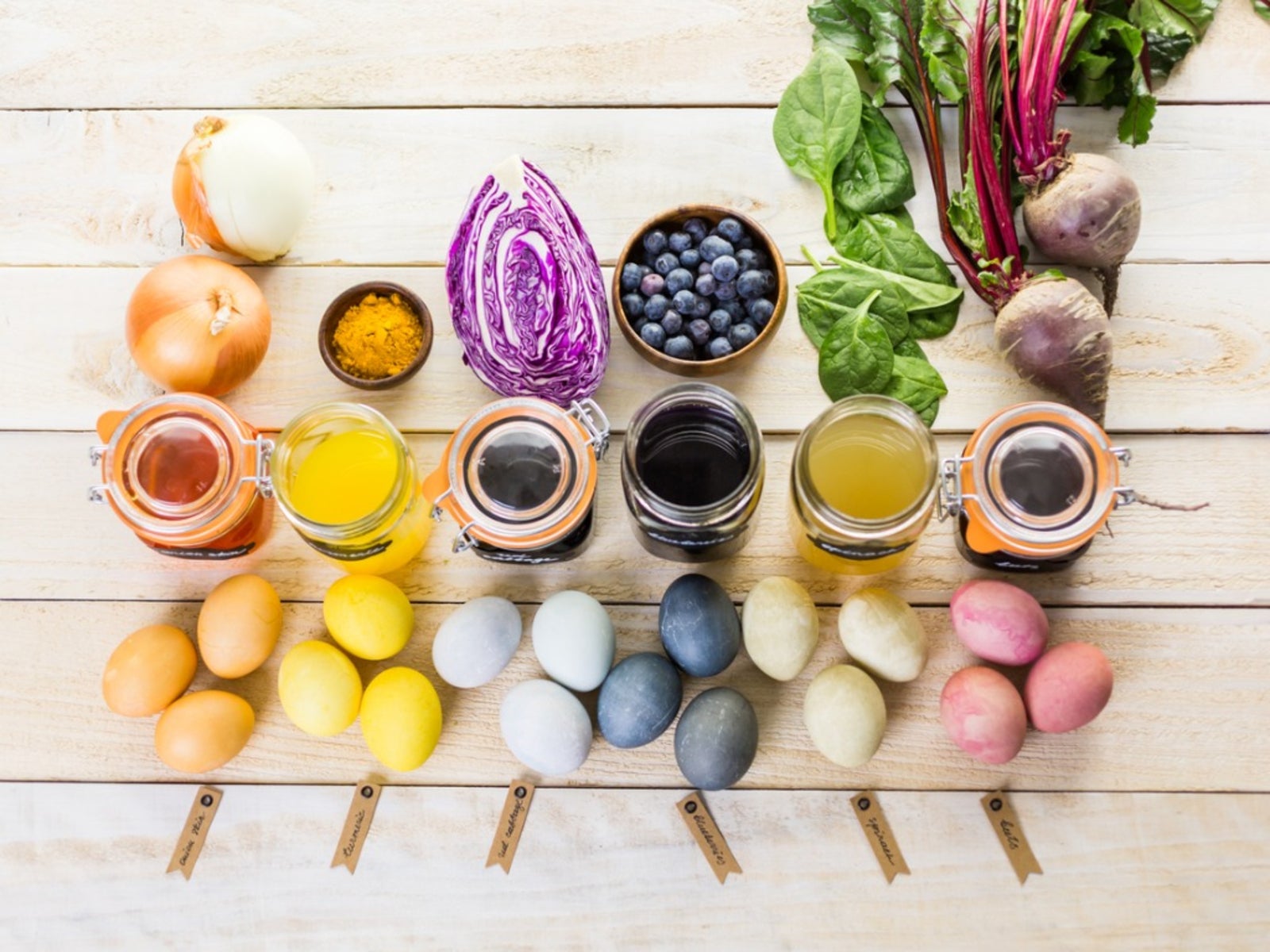Dyes From Plants: Learn More About Using Natural Plant Dyes

Until the mid-19th century, natural plant dyes were the only source of dye available. However, once scientists discovered that they could produce dye pigments in a laboratory that would stand up to washing, were quicker to make and could be easily transferred to fibers, creating dyes from plants became somewhat of a lost art. In spite of this, many plant dyeing activities still exist for the home gardener and can be a fun family project as well. In fact, making dye with kids can be a great learning experience and a rewarding one at that.
Arts and Crafts Plant Dyeing Activities
Natural sources of dye come from many places including food, flowers, weeds, bark, moss, leaves, seeds, mushrooms, lichens and even minerals. Today, a select group of artisans are committed to preserving the art of making natural dyes from plants. Many use their talent to teach others of the importance and historical significance of the dyes. Natural dyes were used as war paint and to color skin and hair long before they were used to dye fiber.
Best Plants for Dyeing
Plant pigments create dyes. Some plants make excellent dyes, while others just don't seem to have enough pigment. Indigo (blue dye) and madder (the only reliable red dye) are two of the most popular plants for producing dyes as they have a great amount of pigment. Yellow dye can be made from:
Orange dyes from plants can be made from:
- carrot roots
- onion skin
- butternut seed husks
For natural plant dyes in shades of brown, look for:
Pink dye can be derived from:
Purple colors can come from:
Gardening tips, videos, info and more delivered right to your inbox!
Sign up for the Gardening Know How newsletter today and receive a free copy of our e-book "How to Grow Delicious Tomatoes".
Making Dye with Kids
An excellent way to teach history and science is through the art of making natural dyes. Making dye with kids allows teachers/parents to incorporate important historical and scientific facts while allowing children to engage in a fun, hands-on activity. Plant dyeing activities are best if done in the art room or outdoors where there is space to spread out and easy surfaces to clean. For children in grades 2 through 4, crock-pot plant dyes are a fun and educational way to learn about natural dyes.
Materials Needed:
- 4 crock pots
- Beets
- Spinach
- Dry onion skins
- Black walnuts in shells
- Paint brushes
- Paper
Directions:
- Talk to children the day before the lesson about the importance that natural plant dyes had in early America and touch on the science involved in natural dye making.
- Place beets, spinach, onion skins and black walnuts in separate crock pots and barely cover with water.
- Heat the crock pot on low overnight.
- In the morning, the crocks will have natural dye paint that you can pour into little bowls.
- Allow the children to create designs using the natural paint.
-
 Try The Trend – Turn Any Bed Into A Keyhole Garden With This Clever In-Ground Composter
Try The Trend – Turn Any Bed Into A Keyhole Garden With This Clever In-Ground ComposterKeyhole gardening is an efficient and sustainable practice that saves space. Get started on this DIY project quickly and easily with an in-ground composter.
By Bonnie L. Grant
-
 4 Superfast Composting Methods: Turn Waste Into Garden Gold In 30 Days Or Less
4 Superfast Composting Methods: Turn Waste Into Garden Gold In 30 Days Or LessTry the fastest composting methods to turbocharge your pile and transform kitchen scraps and garden waste into finished compost in just a few weeks.
By Mary Ellen Ellis